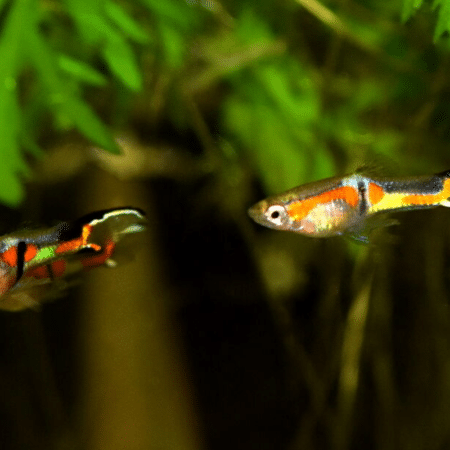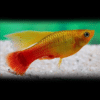To provide the best experiences, we use technologies like cookies to store and/or access device information. Consenting to these technologies will allow us to process data such as browsing behaviour or unique IDs on this site. Not consenting or withdrawing consent, may adversely affect certain features and functions.
The technical storage or access is strictly necessary for the legitimate purpose of enabling the use of a specific service explicitly requested by the subscriber or user, or for the sole purpose of carrying out the transmission of a communication over an electronic communications network.
The technical storage or access is necessary for the legitimate purpose of storing preferences that are not requested by the subscriber or user.
The technical storage or access that is used exclusively for statistical purposes.
The technical storage or access that is used exclusively for anonymous statistical purposes. Without a subpoena, voluntary compliance on the part of your Internet Service Provider, or additional records from a third party, information stored or retrieved for this purpose alone cannot usually be used to identify you.
The technical storage or access is required to create user profiles to send advertising, or to track the user on a website or across several websites for similar marketing purposes.



















Emily Carter (verified owner) –
I recently purchased 10 Sunset Platies (Xiphophorus maculatus) for my 30-gallon tank, and I couldn’t be happier! These platy fish are so vibrant and full of life, adding a stunning splash of color to my aquarium. It’s been about two months since I introduced them, and they’ve adjusted beautifully. They swim together in little schools, and their playful nature brings such joy to my daily routine.
I’ve compared these platies to other species I’ve kept in the past, and the Sunset Platies stand out for their hardy nature and peaceful temperament. They really seem to thrive in their environment, which is a top priority for me as a caring fish parent. The only minor concern I’ve had is that a couple of them occasionally nibble on my aquarium plants, but nothing that a little trimming can’t handle!
If you’re looking to add some friendly, eye-catching fish to your tank, I wholeheartedly recommend these platies. They’re perfect for beginners and seasoned aquarists alike. Plus, they were shipped quickly and arrived healthy and robust. I will definitely be purchasing more of these lovely fish in the future!